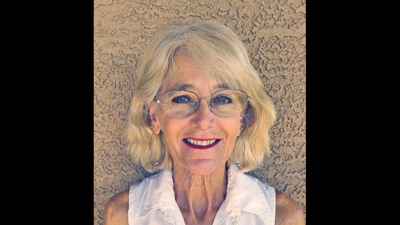The stream of illicit drugs seems endless at times. The newest scourge is taking its place next to fentanyl in overdoses if the news reports are accurate. Nitazenes, also known as benzimidazole opioids, are a class of synthetic opioids that are being detected more often in street drugs and overdoses. The drug overdose crisis is not going away, and we seem to be encountering more potent substances as demand increases. Fentanyl continues to be the number one killer in overdose deaths, but we are finding that often the fentanyl is laced with other substances, such as nitazenes.
These drugs were developed in the 1950s as potential pain medications, but were never approved by the Food and Drug Administration (FDA). They were never used as medications for humans or for animals in veterinary medicine. There is limited data on their effects and the nitazenes on the street now are new. The potency of this class is variable. Isotonitazene, known as “ISO,” is a particularly potent drug. It was seen entering the street market in 2019 in the Midwest, then the South, and then in the East Coast cities and Washington, D.C. Potency varies among different nitazenes, but ISO is much stronger than heroin and morphine, and similar to fentanyl. The ISO is being mixed into other drugs to make them more potent and cheaper to make. This has resulted in deadly overdoses when users don’t know what they’re getting. Since the 2019 discovery of isotonitizene, 20 other nitazines have been identified in street drugs with increasing frequency.
Drug Enforcement Administration (DEA) laboratories have seen this drug mixed with heroin and fentanyl. However, they have also found ISO pressed into pill form and sold as medications like Dilaudid and oxycodone tablets with similar tablet imprints. The high potency of ISO increases the risk of overdose. According to the Centers for Disease Control and Prevention (CDC), over 110,000 people in the United States died from a drug overdose in 2022. Of significant concern is the fact that over 75% of those deaths involved a synthetic opioid.
Since 2019, over 4,300 reports of nitazene opioids have been sent to the DEA’s National Forensic Laboratory Information System (NFLIS). These synthetic opioids have been identified with other psychoactive substances including other opioids, benzodiazepines, and stimulants. They are truly a public health threat.
“We want to get this info out and warn people,” said Jarod Forget, special agent in charge of the DEA Washington Division. “If we can educate and inform our communities about the dangers of taking counterfeit prescription pills or other drugs, we stem the proliferation of these deadly opioids, and stop all of these senseless deaths.”
According to a RAND corporation study published in The American Journal of Public Health (March 2024 Issue, published online Feb. 21), an estimated 42% of adults in the U.S. know at least one person who has died of a drug overdose. That’s approximately 125 million people.
This nitazenes threat is currently greater in Europe because fentanyl is not as widespread as it is here. They have been detected in several countries and in many drug products. They have arisen due to a more limited supply of heroin, just as the rise of fentanyl laced products resulted from a reduced supply of available heroin in the United States. The ongoing demand for opiods, and a limited supply, is likely to lead to an increase of synthetic opioids. As we try to wipe out the fentanyl supply, replacements pop up and can be as, or more, dangerous and deadly.
Detection methods are available and nitazene test strips are available to see if a drug product contains this substance. Since these are opioids, naloxone (Narcan) can reverse the sedating effects and prevent overdose deaths. Public awareness of nitazenes abuse is important. They have been detected in products sold as non-opioids, especially benzodiazepines. Online and street shopping without a health care provider’s prescription, accepting what is believed to be “safe, from a friend,” can be deadly. The rapidly changing drug supply and trade is unsafe, unpredictable and fueling our opioid epidemic.
DEA Intelligence Analyst Aura Gaffney is quoted in the DEA June 1, 2022, newsletter, “People have to keep in mind, with all the synthetic drugs out there, and the way they’re being mixed together, you never know what you are buying. Only take medications prescribed by your doctor and dispensed by your licensed pharmacist because pills or drugs obtained elsewhere are unsafe and often deadly”.


